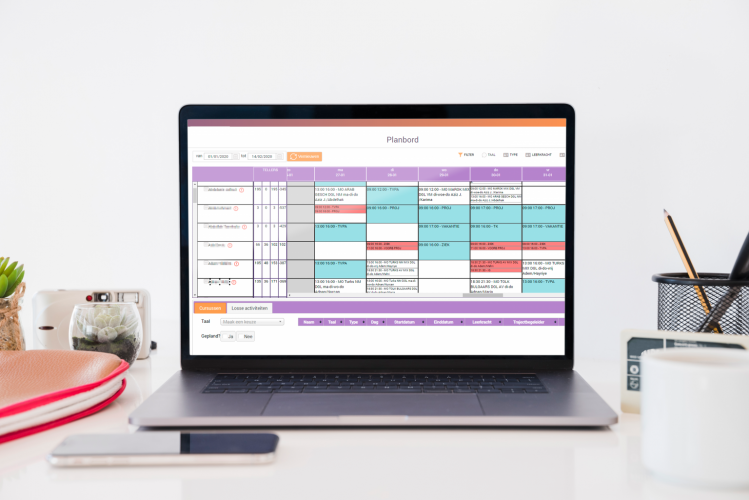
Retail
The rise of e-commerce has changed retail’s playing field significantly over the past few years, a trend that has only accelerated as a result of the COVID-19 pandemic. Traditional brick and mortar retailers have been forced to think of ways to compete with online retailers who offer customers more convenience, wider assortment and often lower prices. As a result, service has become a significant value lever for retailers to compete with. However unstable schedules, unpredictable deployment of staff and a lack of work-life balance has meant that the retail industry suffers from high staff turnover rates. High staff turnover leads to higher recruitment and training costs, lower morale, and decreased levels of employee satisfaction and engagement, negatively impacting customer service. Self-rostering offers an alternative way to increase satisfaction and employee retention and subsequently customer service.

Hidden costs
Improved customer service
Change management
Benefits of self-rostering for retail
As brick and mortar retailers develop their omni-channel capabilities, it is important to ensure that they are extracting optimal value from their physical stores too. A large part of that value is contingent on how effectively the workforce is managed. Self-rostering approach can help retailers reduce scheduling burden from store managers, improve their customer service through a happier and more engaged workforce and lower costs through higher staff retention.



